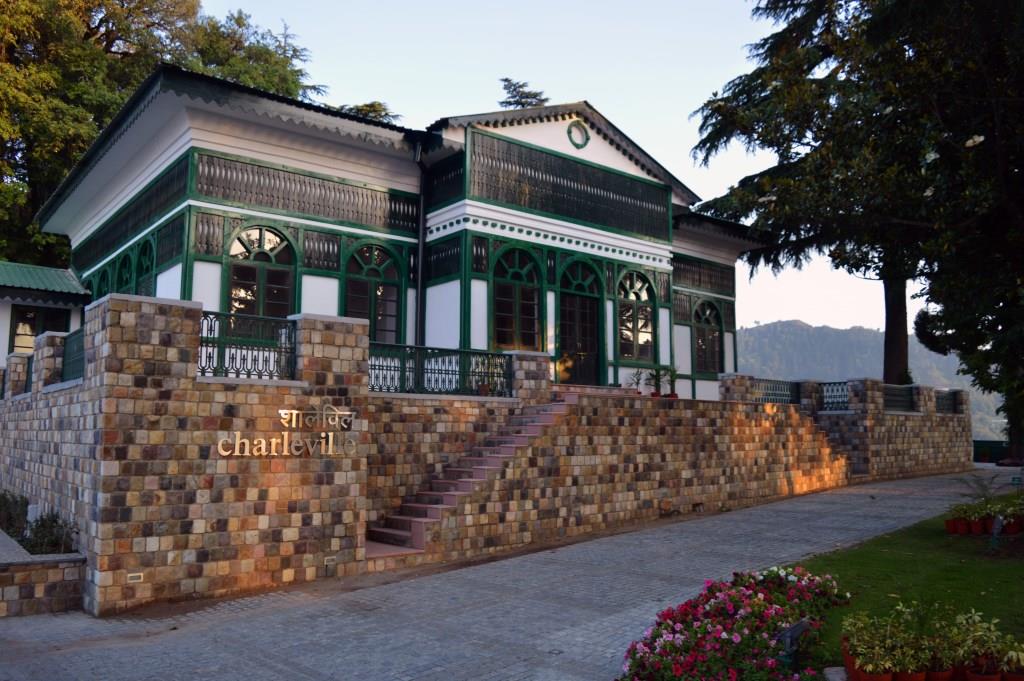The Seti river hydro-electric project signed between India and Nepal is win-win situation at bilateral and regional levels. Examine (200 Words)
Refer - The Hindu
Enrich the answer from other sources, if the question demands.

IAS Parliament 2 years
KEY POINTS
· The official launch of the CBS has once again demonstrated India’s commitment to advancing constructive agendas by forging connections and setting up platforms for all those with an interest in the Bay.
· CBS will offer collaborations in areas such as geo-economics and geopolitics, ecology, trade and connectivity, maritime security, maritime law, cultural heritage, and blue economy to generate opportunities for the Bay region.
· This will strengthen India’s overall framework for maritime engagement, which aims to advance sustainable economic growth for all by fostering closer nautical ties.
· The Bay has a biodiverse marine environment. It receives water from some of the world’s largest rivers. It is a partially enclosed sea that has given rise to several geological characteristics.
· Problems such as population growth, altered land use, excessive resource exploitation, salinisation, sea level rise, and climate change are exerting significant strain on the Bay’s environment.
· A dead zone has formed as a result, and the mangrove trees that protect the shore from the fury of nature are under more threat than ever.
· For a better knowledge of challenges, and strategies to overcome them for the sustainable development of the region, more focused and interdisciplinary study is required on these issues.

IAS Parliament 2 years
KEY POINTS
· Historically, the 750MW West Seti Hydroelectric Project was thought of in the early 1980s as a 37 MW run-of-the-river scheme.
· Nepal issued the developing licence to France’s Sogreah, which prepared a pre-feasibility study in 1987 proposing the scheme without building a dam.
· In 2011 Nepal revoked the licence of the West Seti Hydropower Company Limited in which SMEC had a majority stake, and handed it over to China.
· The decision to involve India is a sign that Nepal is reposing its faith in India to complete the project. If completed, it is expected to provide India the much-needed leverage in future hydropower cooperation.
· It is ironic that despite its huge hydropower potential, Nepal experiences power shortages during peak time, increasing its dependence on India to bridge the shortfall.
· Nepal is concerned that the electricity rates and supply from India is inadequate to meet the rising demands.
· the project can also be extended to other regional partners under the Bangladesh-Bhutan-India-Nepal (BBIN) framework for cross-border energy cooperation.
· For example, if the combined estimated hydropower potential in Nepal and Bhutan, along with the potential of Northeast India, is effectively harnessed, a cross-border energy market can be created and optimally operationalised.
Varon 2 years
Kindly review

IAS Parliament 2 years
Good attempt. keep Writing.

K. V. A 2 years
Pls review

IAS Parliament 2 years
Good attempt. Keep Writing.
BALAMURUGAN A 2 years
pls review

IAS Parliament 2 years
Try to add more content, facts to support your argmeunts, bring coherence in the answer. Keep Writing.